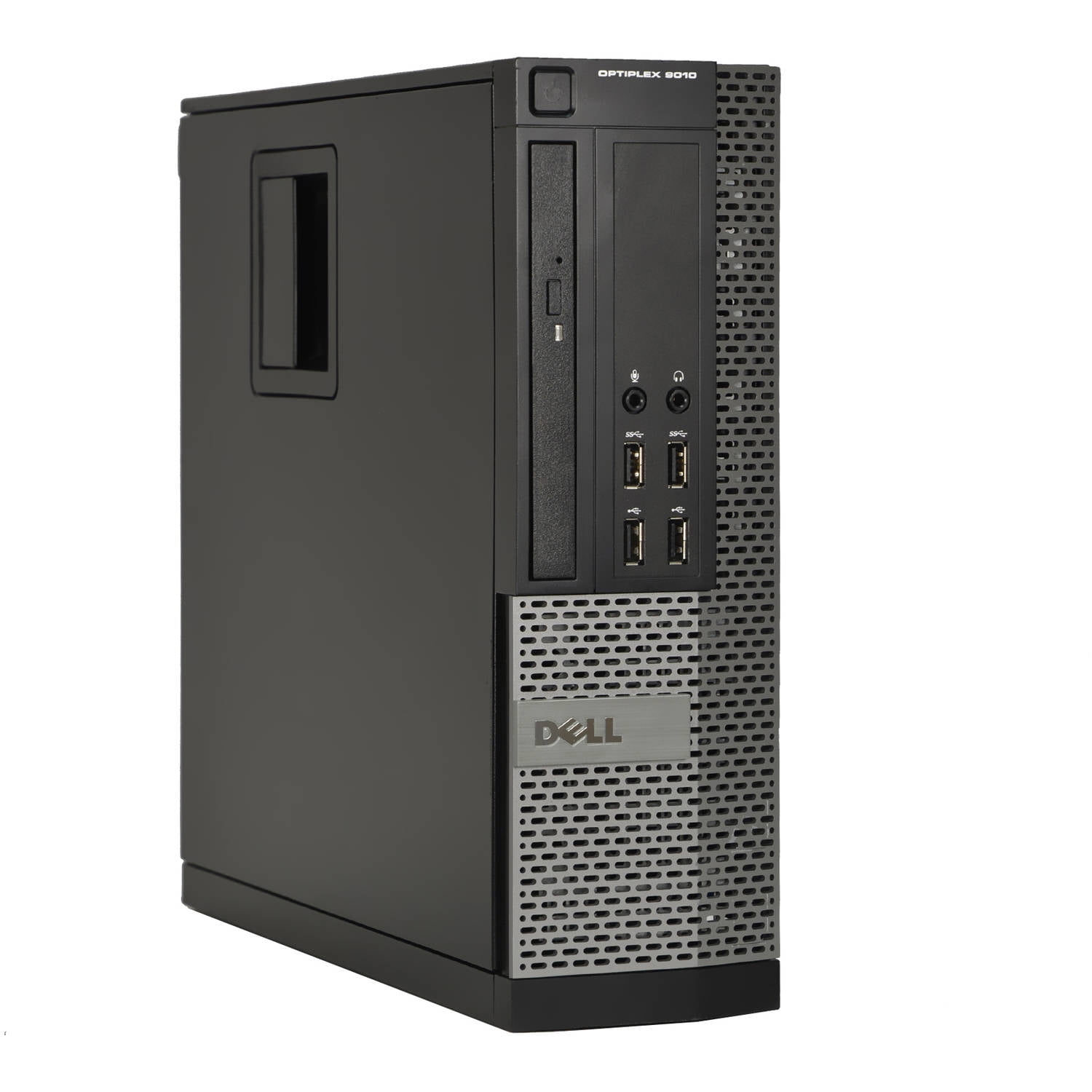
For a low-profile GPU, it is quite a feat to be able to play these low-intensive AAA games, therefore justifying ASUS GeForce GTX 1650’s – somewhat higher – price-rate which currently ranges at around the $205 mark. This card can play most online competitive games with a 1080p resolution, and some at over 60 frames per second. In terms of software, it comes with the GPU Tweak II, which allows you to manipulate parameters such as core GPU core clocks, memory frequency, voltage settings and fan controls. It has IP5X dust resistance certification which ensures the cooling power and longevity of its two fans, as well as a protective backplate to prevent flex and maintain structural integrity. Other than that, it has a dedicated hardware encoder, which is optimized for OBS streaming software, so you can stream or record your gaming sessions. The reference GPU for the GTX 1650 has a base clock speed of 1485 MHz, and a boost clock speed of 1665 MHz, whereas this card – the ASUS GTX 1650 Low Profile OC – has a base clock speed of 1515 MHz and a boost clock speed of 1740 MHz, so despite its low-profile size, it is still significantly more powerful than Nvidia’s original reference GTX 1650. Nvidia’s GeForce GTX 1650 is currently the most powerful low-profile graphics card available in the market. Related: GTX 1650 vs 1650 Super vs 5500 XT Considering you can currently find the MSI Radeon RX550 for approximately $111, it is the best price-value choice for a dedicated HTPC.

It can be overclocked for a boost clock of 1203 MHz and it comes with 4GB of GDDR5 V-RAM, a memory bus width of 320 bits, and HDMI 2.0b and DL-DVI-D ports. The MSI RX 550 4GB OC has a dual-fan, aluminum core design for lower temperatures and higher stability and efficiency. The RX 550 currently costs approximately $40-$50 dollars cheaper than the cheapest GeForce 1050 Ti or GeForce 1650, yet can easily run UHD streams. The reason why the Radeon RX 550 was chosen, instead of the GeForce 1050 Ti, is the price.

Now, of course, AMD’s RX 560 LP GPU would also support 4K UHD streaming, but this model is currently unavailable. Why not go above the RX 550 or 1050ti, for an RX 570 or GeForce 1060 perhaps? Well, the GTX GeForce 1060 does not have VP9 10-bit or 12-bit support, whereas the 1050 Ti and RX 550 do.

The 2GB of V-RAM featured in the GT 1030 is not supported by Netflix, as they require a minimum of 3GB of V-RAM on a Pascal-based GPU. Why the Radeon RX 550 you may ask? Well currently it appears that the Radeon RX 550 and the GeForce 1050 Ti are the perfect GPUs available for HTPCs – considering hardware and price – even in 2020.įirstly, the V-RAM is just right for 4K video streaming.


 0 kommentar(er)
0 kommentar(er)
